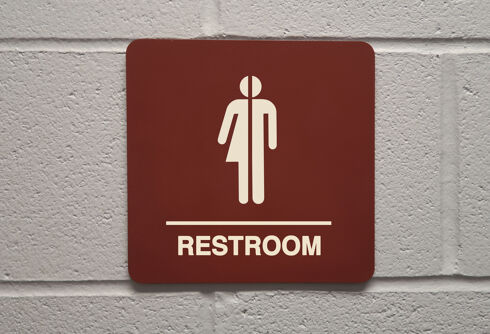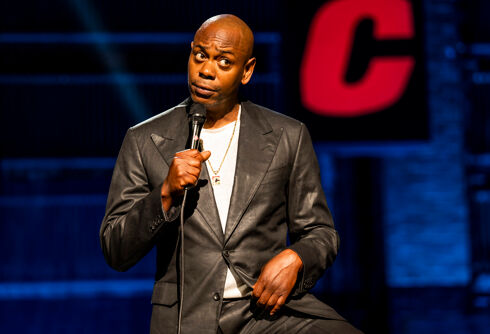ITHACA, N.Y. — Researchers at Cornell University believe that sexual orientation can be revealed by pupil dilation when watching persons whom participants found attractive, according to a study published Aug. 3 in the scientific journal PLoS ONE.
According to the study, scientists utilized a specialized infrared lens to measure pupillary changes revealing where participants were on the sexual spectrum from heterosexual to homosexual.
 Previous research assessed sexual orientation by either by simply asking people about their sexuality, or by using physiological measures such as assessing their genital arousal. These methods, however, come with substantial problems.
Previous research assessed sexual orientation by either by simply asking people about their sexuality, or by using physiological measures such as assessing their genital arousal. These methods, however, come with substantial problems.
“We wanted to find an alternative measure that would be an automatic indication of sexual orientation, but without being as invasive as previous measures. Pupillary responses are exactly that,” says Gerulf Rieger, lead author and research fellow at Cornell.
Never Miss a Beat
Subscribe to our newsletter to stay ahead of the latest LGBTQ+ political news and insights.
“With this new technology we are able to explore sexual orientation of people who would never participate in a study on genital arousal, such as people from traditional cultures. This will give us a much better understanding how sexuality is expressed across the planet.”
According to the study, heterosexual men showed strong pupillary responses to sexual videos of women, and little to men; heterosexual women, however, showed pupillary responses to both sexes. This confirms prior research suggesting that women have a very different type of sexuality than men.
This new study also feeds into the debate on male bisexuality.
Previous it was argued that a large segment of bisexual men do not base their sexual orientation on physiological arousal but on romantic and identity issues. However, the bisexual men in the new study showed substantial pupil dilations to sexual videos of both men and women.
“We can now finally argue that a flexible sexual desire is not simply restricted to women — some men have it, too, and it is reflected in their pupils,” says Ritch C. Savin-Williams, co-author and professor in Human Development at Cornell.
“In fact, not even a division into ‘straight,’ ‘bi,’ and ‘gay’ tells the full story. Men who identity as ‘mostly straight’ really exist both in their identity and their pupil response; they are more aroused to males than straight men, but much less so than both bisexual and gay men,” Savin-Williams noted.













